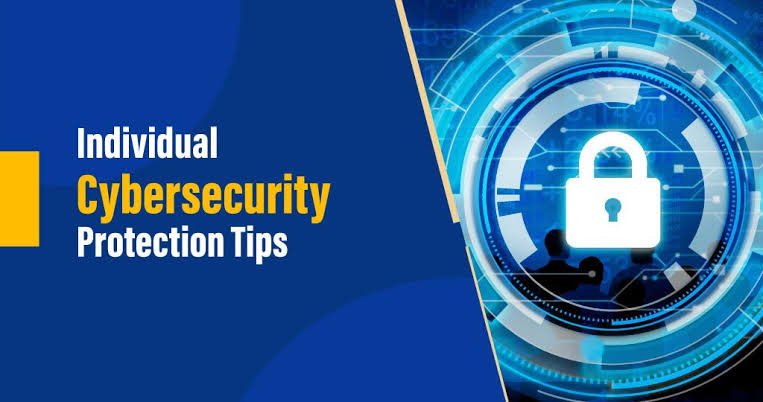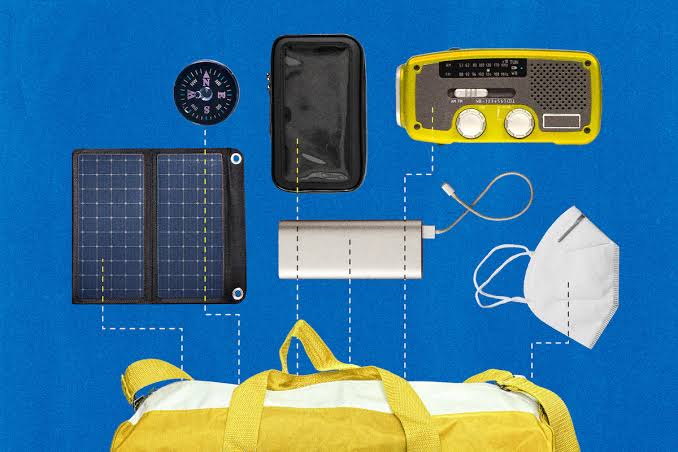Today, digital devices are a big part of daily life. People use smartphones, tablets, laptops, smartwatches, and smart home devices every day. These tools make life easier but also create chances for hackers to attack. By July 2025, cyber threats like AI-based attacks, ransomware, and phishing have become more common and dangerous. Protecting your devices from hackers is very important. The good news is you can lower your risk by learning and following simple safety tips. Here are some proven ways to protect your digital life.
Keep Your Software and Firmware Updated
One of the most overlooked yet essential ways to protect your gadgets is to keep all software and firmware updated. Cyber attackers often exploit known vulnerabilities in outdated operating systems and apps.
Manufacturers release updates not just for new features but primarily to patch security flaws. Always enable automatic updates where available. Check for firmware updates on routers, smart home hubs, security cameras, and other connected devices that may not update themselves.
As of mid-2025, many gadgets come equipped with update notification systems, but manual checks are still wise. Staying current with updates ensures your device defenses are operating at maximum capacity.
Use Strong, Unique Passwords and Enable Two-Factor Authentication
Many users still rely on simple, recycled passwords, which makes their gadgets vulnerable to brute force and credential-stuffing attacks. Create strong, complex passwords that include upper and lowercase letters, numbers, and symbols.
Avoid using personal information like names or birthdates. Instead, use a reputable password manager to generate and store unique passwords for each account. In 2025, password managers have become smarter, with AI-assisted breach detection and autofill capabilities across devices.
Moreover, enable two-factor authentication (2FA) for all critical accounts. This adds a second layer of protection, such as a text message code or biometric verification, making it significantly harder for hackers to access your data even if your password is compromised.
Secure Your Wi-Fi Network
Your home Wi-Fi network is the gateway to many of your connected gadgets. If it’s poorly secured, hackers can exploit it to access your devices. Always change the default router password and network name to something more secure and less identifiable.
Use WPA3 encryption—the latest security protocol for wireless networks—and disable WPS (Wi-Fi Protected Setup), which can be a vulnerability point. In 2025, many routers come with built-in firewalls and threat detection, so make sure those features are enabled.
Also, consider setting up a separate guest network for visitors or IoT devices that don’t need access to your main network. This isolates potential threats and limits exposure if one device is compromised.
Be Cautious with Public Wi-Fi Networks
Public Wi-Fi in coffee shops, airports, and hotels is convenient but risky. These networks are often unsecured, making it easy for hackers to intercept data being transmitted between your device and the internet.
To stay safe, avoid accessing sensitive information—like banking apps or private emails—while connected to public Wi-Fi. Better yet, use a virtual private network (VPN) to encrypt your data traffic. In 2025, many modern smart devices have built-in VPN capabilities or can easily connect to trusted VPN apps.
If you must use public Wi-Fi, turn off file sharing and Bluetooth, and ensure your firewall is active. These steps minimize the chance of a malicious actor gaining unauthorized access.
Install Reliable Antivirus and Anti-Malware Software
A strong antivirus or anti-malware suite remains a foundational defense against cyber threats. These programs scan your device for known threats, block malicious websites, and monitor suspicious activity in real-time.
Choose security software that includes ransomware protection, real-time scanning, and regular threat database updates. As of July 2025, many antivirus solutions also integrate AI to predict and prevent zero-day threats—attacks that exploit previously unknown vulnerabilities.
Ensure that all your devices, not just your computer, are protected. Some suites now offer coverage across multiple gadgets, including smartphones and tablets, with unified dashboards for ease of monitoring.
Regularly Back Up Your Data
Even the most cautious user can fall victim to sophisticated attacks like ransomware, where your files are encrypted and held hostage. Regular data backups are your safety net.
Use a combination of cloud and physical backups. Services like Google Drive, iCloud, and OneDrive offer secure cloud storage with real-time syncing. At the same time, external hard drives or network-attached storage (NAS) systems can serve as offline backups that hackers can’t easily access.
Automate your backup process so you don’t have to remember to do it. Many modern operating systems offer scheduled backups, and as of 2025, AI-assisted tools can now identify the most critical files for prioritized protection.
Be Wary of Phishing and Suspicious Links
Phishing attacks have become more advanced, with AI now being used to generate convincing fake messages, emails, and even voice calls. These are designed to trick users into revealing personal information or downloading malware.
Never click on links or open attachments from unknown or suspicious sources. Verify the sender’s identity, and when in doubt, go directly to the website or service instead of using provided links.
In 2025, many email and messaging platforms include phishing detection tools, but human vigilance remains key. Educate yourself and others on how to recognize red flags, such as misspelled domains, urgent requests, and unfamiliar email addresses.
Secure Your Smart Home Devices
Smart home gadgets—such as thermostats, lights, cameras, and voice assistants—are often overlooked in cybersecurity discussions, yet they can be vulnerable entry points for attackers.
Ensure each device is protected with a strong password and updated firmware. Disable unnecessary features, such as remote access, if you’re not using them. Many modern smart hubs offer centralized control where you can monitor the security status of all connected devices.
Use a firewall or a separate network specifically for your smart home products. This added layer of protection makes it harder for threats to spread if one device is compromised.
Limit App Permissions and Data Sharing
Many mobile apps and services request access to more information than they need—such as your location, contacts, microphone, or camera. This overreach can be exploited by malicious actors or result in unwanted data collection.
Regularly review your app permissions and revoke access to features that aren’t necessary for the app’s core functionality. As of July 2025, Android and iOS have improved permission dashboards that allow better control over what data each app can access.
Being selective about the apps you install and the data they collect helps reduce your digital footprint and minimizes potential attack surfaces.
Educate Yourself and Stay Informed
Cybersecurity is a constantly evolving field. What works today may be outdated tomorrow. Keeping yourself informed is one of the best defenses you can build.
Subscribe to reputable cybersecurity blogs, follow news from trusted tech outlets, and stay updated on common scams. Many platforms now offer short online courses and tutorials to improve user awareness.
When you understand how cyberattacks work and what precautions to take, you become less of a target and more of a resilient digital citizen.
Conclusion: Stay One Step Ahead of Cybercriminals
Protecting your gadgets from cyber threats isn’t just a one-time task—it’s a continuous commitment. With cybercriminals employing increasingly advanced tools, it’s up to you to stay vigilant and proactive.
By keeping software updated, securing your networks, using strong passwords, and practicing safe digital habits, you significantly reduce your vulnerability. In the age of AI-driven cybercrime, awareness and consistency are your best allies in ensuring your devices remain secure, your data stays private, and your digital life is protected.



